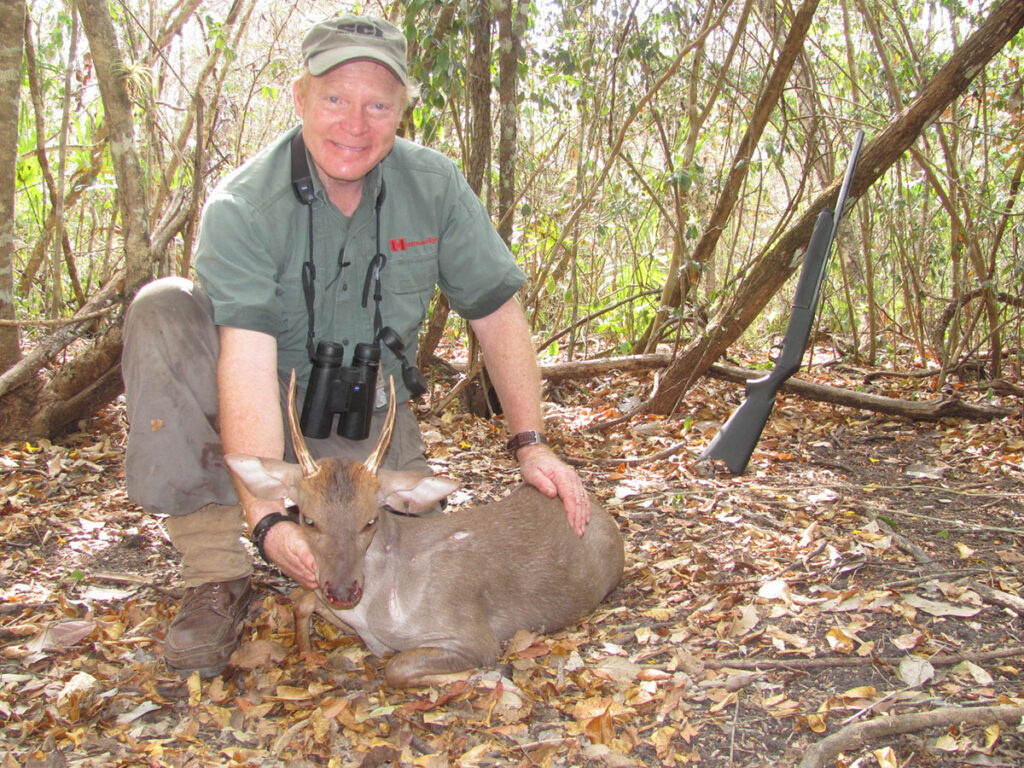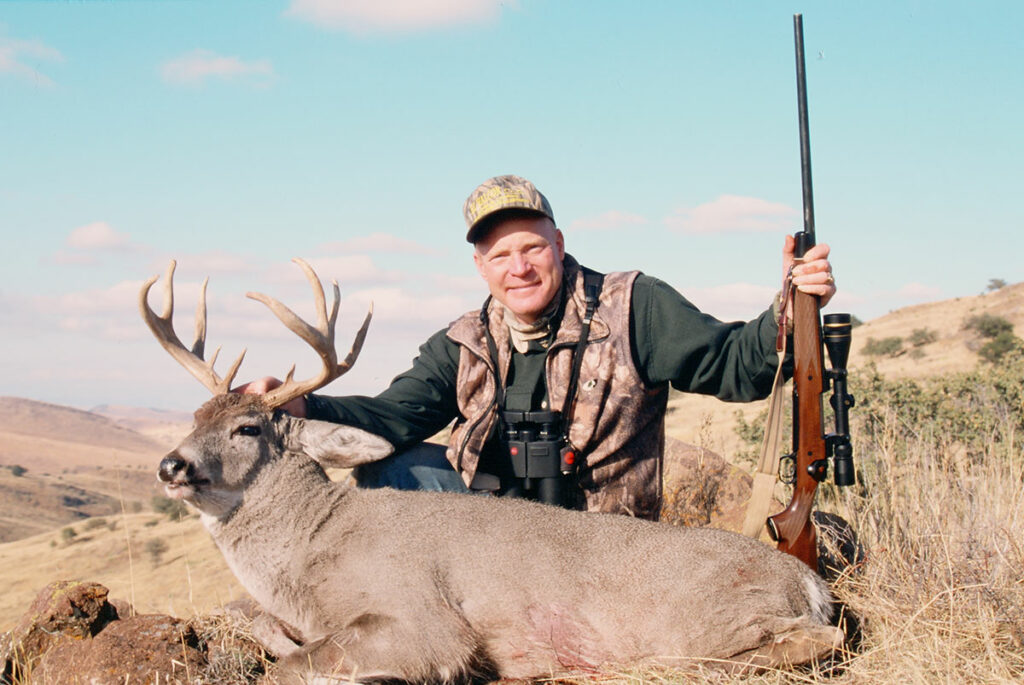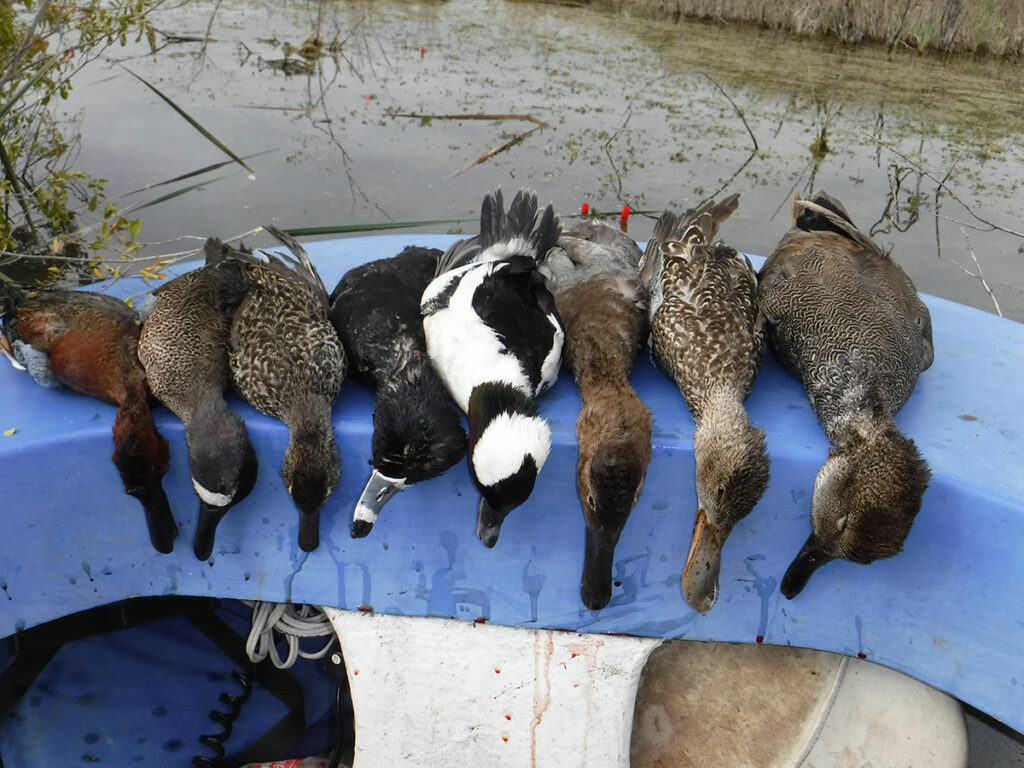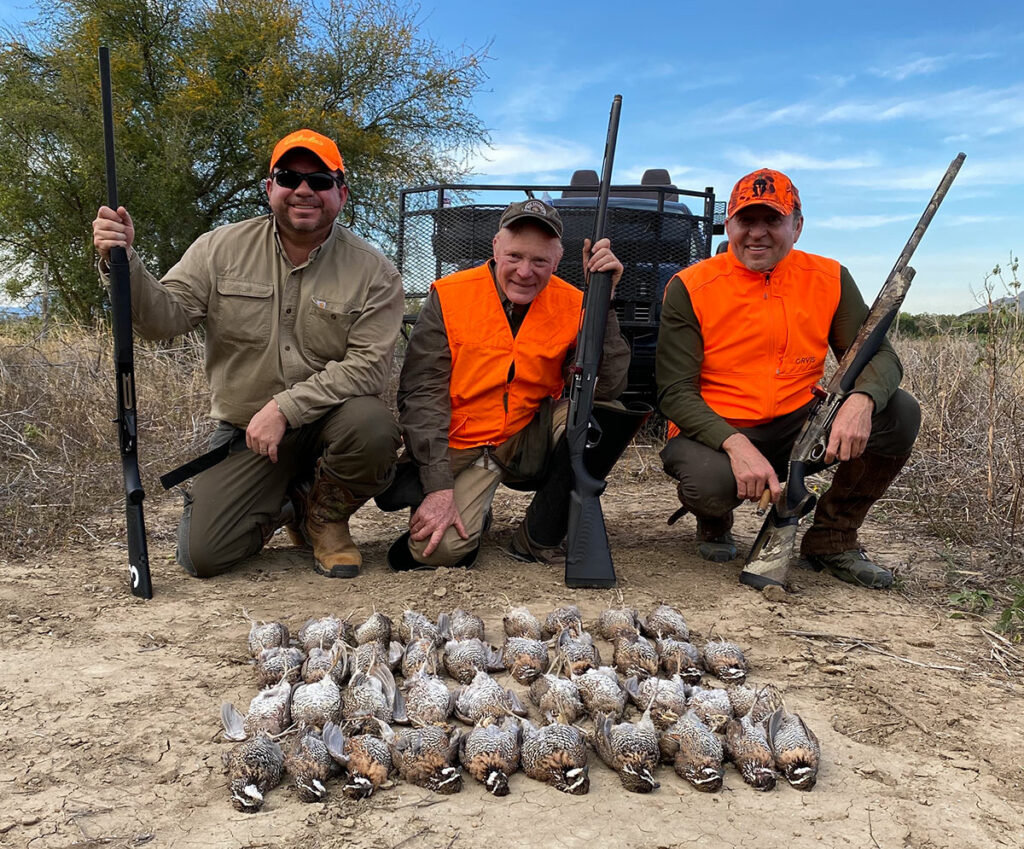TREASURES OF THE SIERRA MADRES
There are two schools of taxonomic thought. Splitters, who divide animal species into as many races and subspecies as possible, and lumpers, who prefer the opposite approach. We hunters tend to be splitters. Witness a half-dozen record book categories each for caribou, roan and waterbuck — with few among us qualified to tell them apart except by geographic location.
However, we are not consistent. It was long traditional to lump together the dozens of whitetail races identified by science. Historically, we only separated the Coues deer, and this was based on a mistake. The Coues whitetail, named after Army surgeon Elliott Coues, is so different in appearance from the Virginia whitetail that it was considered a separate species well into the 20th Century.
A generation ago, when I held the North American chair for our then-fledgling SCI Record Book, it was my idea to separate the whitetails into regional groupings. This was not a totally scientific approach, because natural hybrid zones are unavoidable between subspecies. And, absent major geographic barriers, boundaries must be somewhat arbitrary. However, in general I think it was a good plan. SCI’s record-keeping system strives to follow science, but also endeavors to be a complete worldwide record-keeping system of practical value to hunters.
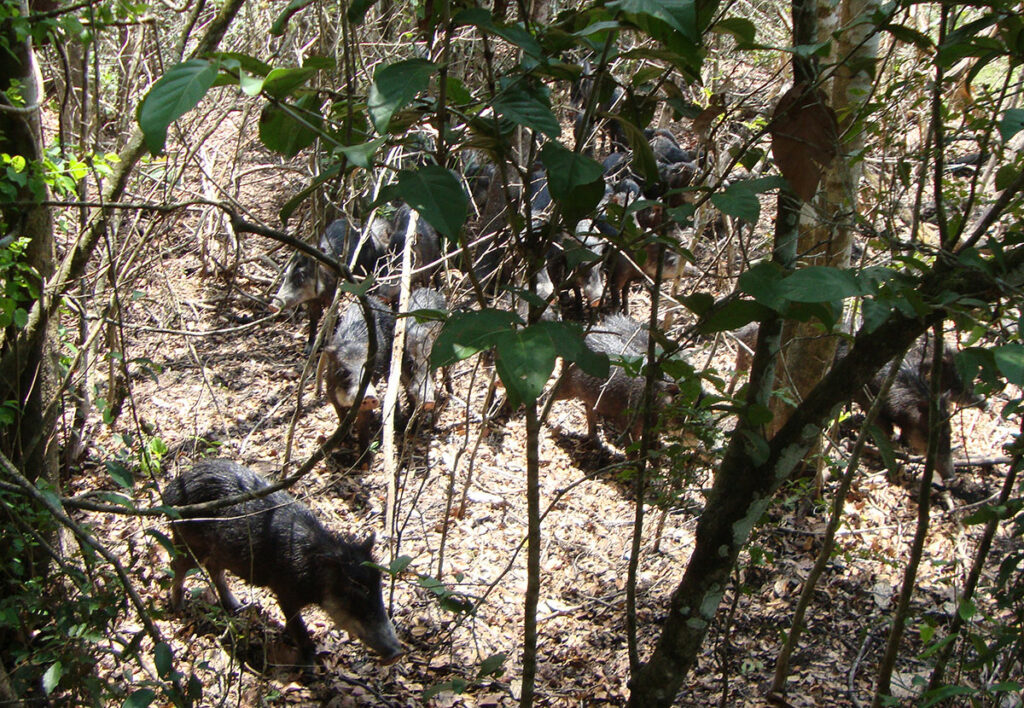
DOWN MEXICO WAY
Honestly, back then we didn’t know how to handle the diverse wildlife of Mexico. In recent years, our record-keeping system has greatly expanded our recognition of Mexico’s cornucopia of game. This is important for multiple reasons, starting with Mexico’s amazing variety of habitat. Although the thirteenth largest country in the world, Mexico is fourth in biodiversity. There’s more: Mexico is first in the world in known reptile species (707), second in mammals (438); and fourth in amphibians, plant species and overall species diversity.
About 2,500 species are protected by Mexican law, obviously including iconic animals such as jaguar, ocelot and tapir. There are also many huntable species. Several regions of Mexico, especially the north and Yucatan, have long had well-organized outfitting industries.
However, Mexico is a big country. Much of her interior has been inaccessible to visiting sportsmen and much of her huntable game is little-known to outsiders. Today this is changing, thanks to the expansion of Mexico’s UMA system. The root of the acronym doesn’t translate well, but a UMA is simply a legally sanctioned game management area, based on game surveys and including quotas and licenses that allow harvest (and export) of specific types and numbers of wildlife. The UMA may be a single private holding, a group of ranches, or a communal area, but foreign sportsmen can legally hunt only in UMAs.
The UMA system is not popular with all local hunters, long accustomed to free-for-all subsistence hunting. UMAs require management and place value on wildlife, and the system is working! Shining examples include the recovery of desert bighorns in both northwestern Mexico and south Baja.
And the establishment of UMAs has opened up hunting in remote and little-known corners of Mexico, allowing access to several varieties of Mexican deer that have been unavailable to outsiders. SCI’s expansion of record book categories for Mexican game is thus working hand-in-glove with Mexico’s wildlife management authorities, providing incentive to create new UMAs that place value on wildlife and create jobs in rural areas.
From top to bottom and in the middle, hunting opportunities are expanding in Mexico! Here’s a brief look at the new picture of hunting in Mexico.
BIG GAME
In August of 1935 my uncle, Art Popham, and Jack O’Connor, student and teacher, embarked on (for both) their first sheep hunt into Sonora. Popham was successful, his mentor was not. O’Connor went back in November and took his first wild ram. In 1935 the long Mexican Revolution was recent history, there weren’t many sheep and the hunt was difficult. There was possibly some gray in Mexican hunting back then, but desert bighorn was the most available and accessible of our wild sheep.
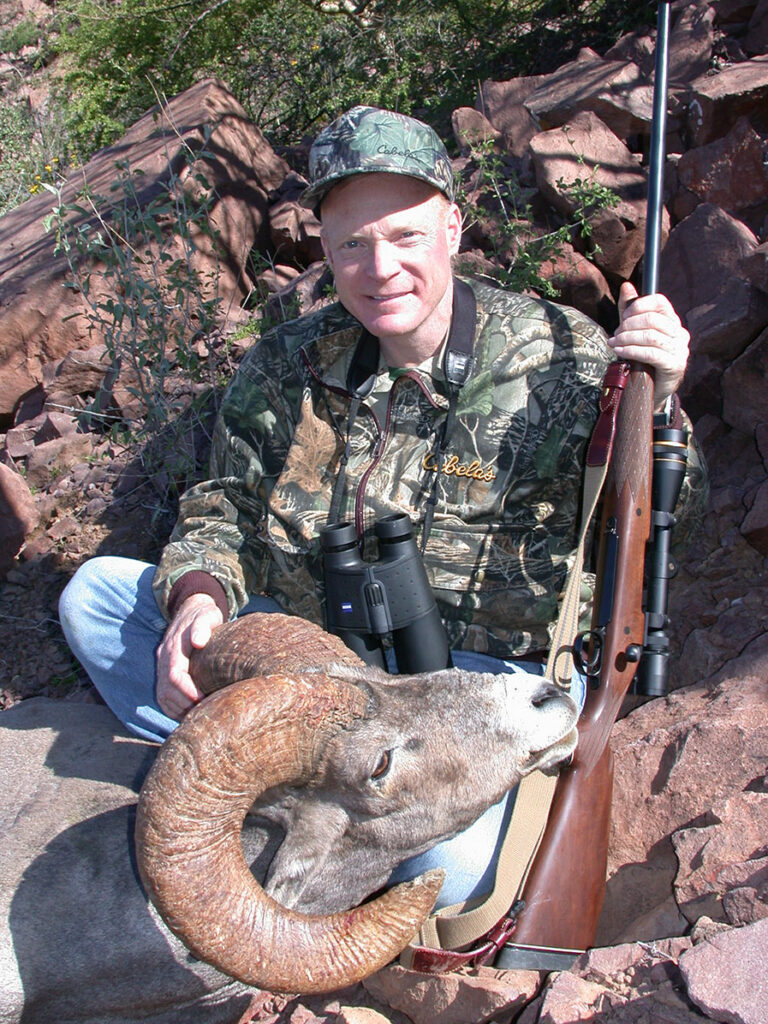
In the post-WWII era, sheep hunting was closed, and rightfully so, with populations low and still falling. North Baja opened in the 1970s, and was hunted for some years, with some huge rams taken. Later, with numbers coming up, hunting resumed in Sonora, and more recently in South Baja. But, baby, look at me now!
The recovery of desert bighorns in Mexico is an incredible conservation story, brought about by the value placed on sheep by the UMA system and the value hunters place on these cherished rams. The Sada family, especially the late Adrian Sada and his son Federico, both Weatherby Award winners and longtime SCI supporters, deserve much credit for the recovery of desert sheep in Mexico.
I took my first desert bighorn in Sonora in 2003. By then there were plenty of sheep in that traditional range. There are many more now and there are also sheep (and permits) in western Coahuila and Chihuahua as well as mainland Sonora and Tiburon Island and in South Baja, both on Carmen Island and the peninsula.
Costs for desert sheep permits are high, but have remained stable for at least 20 years and, with more permits available, seem unlikely to escalate. Private-land breeding programs for desert sheep are widespread today and, as seems appropriate, estate permits are far less costly than free-range. Landowners with breeding programs are required to release animals into the wild, thus contributing to the expansion of desert sheep.
Traditionally, we hunters spoke of desert bighorn as one of our four varieties of North American wild sheep. There are actually four distinct subspecies of desert bighorn. Nelson’s bighorn (nelsoni) is primarily in the U.S. and is the desert sheep most of us apply for draw permits to hunt.
The other three are mexicana on the mainland, Weems bighorn in South Baja and Peninsular (formerly called cremnobates) in North Baja. Sheep are still protected in North Baja, but numbers are increasing and there is potential. Increasingly, we crazy sheep hunters are considering the four races separately.
The desert sheep is probably Mexico’s most high-profile big-game animal. Deer offer the biggest variety and greatest future potential is deer, but there are several other big-game species of note. The collared peccary, same as the javelina in our Southwest, is widely distributed and available. The white-lipped peccary occurs in southernmost Mexico, but is spotty and is currently on license in just a few UMAs. The mountain lion is also hunted, but down in Yucatan the cats tend to be smaller and reddish in color, a tropical adaptation locally called puma.
You never know what you might run into in Mexico. I’ve seen tapirs along rivers in Yucatan and my friend Brad Oakes was sitting at a waterhole for turkey when a big jaguar came to drink. Just the other day I was quail hunting with Marcelo Franco, Hunting and Fishing Commissioner for Tamaulipas. From trail cameras, collaring and other evidence, he believes there are 800 to 1,000 jaguars along the Gulf Coast, separate from the Yucatan population; and also a large population of crocodiles. Imagine what just a few legal permits could do for conservation.
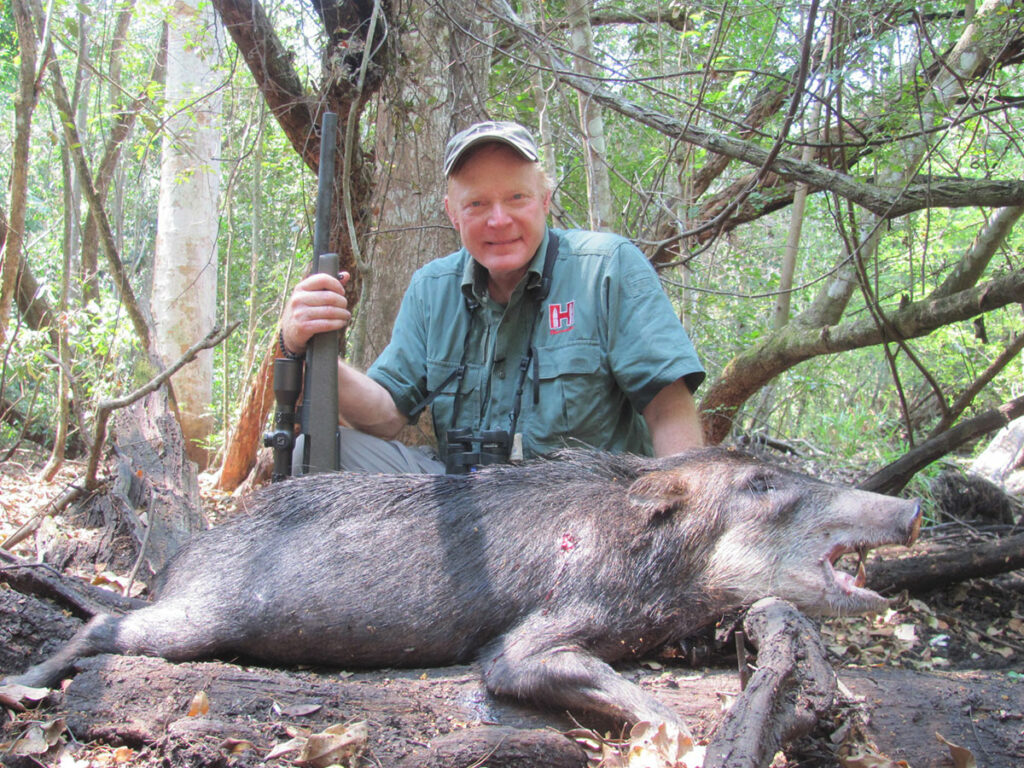
There are scattered populations of bison and although no hunting is currently available, black bears are well-distributed and grow large in northwestern Tamaulipas and Coahuila. Some ranches have introduced species, and Barbary sheep have spilled into Mexico in the Big Bend region. Feral hogs have invaded all along the Texas border, and are becoming a problem in agricultural areas. I was on a stand for tropical whitetail in Campeche when a huge boar ambled past. Where the heck did that thing come from?
DEER
Mexico’s deer is the real big-game treasure trove. There are about fourteen whitetail subspecies in Mexico, plus mule deer and brockets. So far and sensibly, SCI’s record-keeping system has adopted a regional approach, now with seven record book categories for whitetails, two for mule deer and two for brockets.
Whitetails: Carmen Mountains, Coues and Texas whitetails are hunted on both sides of the border, with good hunting and good quality of all three in northern Mexico. The jungles of southernmost Mexico hold several races of small tropical whitetails, regionally grouped in our record book as Central American whitetail. There are good hunting opportunities in UMAs in all three states of the Yucatan Peninsula: Campeche, Quintana Roo and Yucatan. Although really small in both body and antler, this is an interesting hunt for a really cool deer, sort of a must for any serious whitetail nut.
The Sierra Madre is a huge range, running in big ridges with high plateaus in between from western Tamaulipas to Sonora and on south, creating the huge Central Plateau with two primary subspecies of whitetail, mexicanus to the southwest and miquihuanensis to the northeast, both grouped together in our record book as Mexico Central Plateau whitetail. There UMAs and thus opportunities, in several states. In January ’20 I hunted this deer with Armando Klein (Sierra Madre Hunting) in Zacatecas. It was an interesting hunt, in gorgeous country at about 8,000 feet elevation, not easy but a really fine experience.
SCI’s last two categories for Mexican whitetails are the Gulf Coast and Pacific Coast deer. The Gulf Coast deer is the Vera Cruz race along the north-central Gulf Coast; the Pacific Coast deer is the Sinaloa and Acapulco whitetails, along the coast south from Guadalajara. These deer are familiar to serious Mexican hunters, but known to few outsiders. There are UMAs and more being established, so this is a growth area for Mexican deer hunting.
Mule Deer: SCI currently offers two categories for Mexican mule deer subspecies: Desert mule deer in the north and Baja blacktail in North Baja. Both deserve a bit of discussion. Many Mexican hunters, including Weatherby Award winner Hubert Thummler, one of the leaders in SCI’s expanding classification of Mexican deer, believe there are two distinct mule deer on northern Mexico’s mainland.
The big desert mule deer of the Sonoran Desert are well-known and this is still one of the great places for really big mule deer. Mule deer are also well-distributed in northern Chihuahua and western Coahuila, but whether in Mexico or in Texas across to Arizona, they usually don’t grow antlers as big as in Sonora.
Thummler, among others, believes the desert mule deer north and east of Sonora should be called crooki, as we do in the U.S., while bigger-antlered deer of Sonora are the burro mule deer, long hypothesized as a subspecies but never substantiated. DNA research doesn’t indicate significant difference, so perhaps it’s just the protein-rich browse of the Sonoran Desert that promotes bigger antlers. For now, SCI recognizes Mexico’s mainland mulies as desert mule deer. By any name, there’s great mule deer hunting in northern Mexico.
The Baja blacktail is a recent category with scientific basis. The mule deer of North Baja are of the southern mule deer subspecies, fuliginatus, a race that extends north along the coast through western San Diego County and into Orange County. For readers who are dedicated lumpers, these deer are really different! Blocky in build and very dark, they look more like blacktails than the mule deer they run up against, so I think their new name is apt. I hunted this deer in Orange County many years ago and these are the deer we have on Camp Pendleton. Thanks to urban sprawl, opportunities to hunt them on the U.S. side are limited, but several Mexican outfitters are now hunting them in UMAs in North Baja.
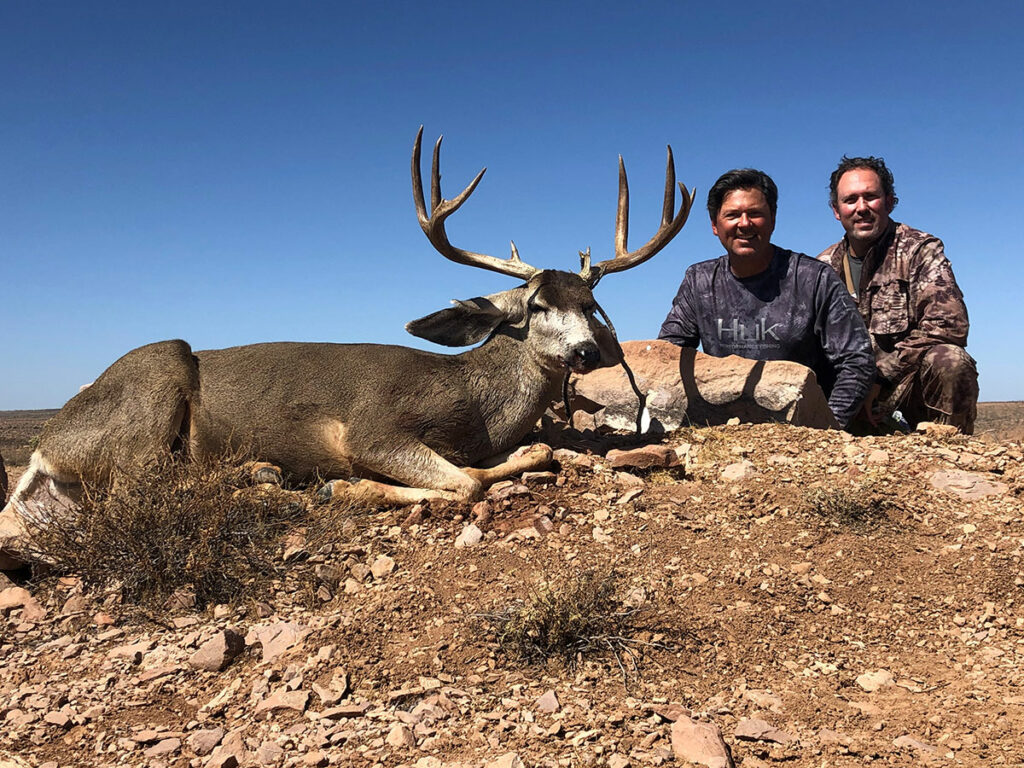
The mule deer of South Baja are actually yet another subspecies, the Peninsular (peninsulae) mule deer, but so far there have been no permits and little is known about their numbers. There’s room for growth.
Brockets: The small, straight-antlered brockets of southern Mexico’s jungles are easily the least-known North American deer. SCI recognizes the brown (Yucatan brown) and red brocket (americana), just two of perhaps ten brockets found from Mexico to the Amazon Basin.
The red brocket has the larger range of the two, north of Yucatan on both coasts, but is spotty and discontinuous, while the brown brocket is fairly well distributed throughout the Yucatan. The brown brocket is not easy to hunt, but after several attempts without ever seeing one, I rate the red brocket the most difficult of all North American animals.
BIRDS
Bird-shooting is often a bigger business in Mexico than big-game hunting. Southern Mexico and adjacent Guatemala are the only places to hunt the colorful ocellated turkey. The tall Gould’s turkey is rare north of the border, but is the specialty of many outfitters along the western Sierra Madre. Rio Grande turkeys are plentiful in northeastern Mexico, with the National Wild Turkey Federation (NWTF) recognizing the Mexican grand slam of the three birds.
High-volume doves and pigeons and excellent quail hunting with long seasons is the focus for many outfitters. After hunting the Central Plateau whitetail in Zacatecas, I was surprised to learn of the excellent dove and desert quail hunting and amazing waterfowl, not just ducks and geese, but including plentiful sandhill cranes (“ribeye in the sky”).
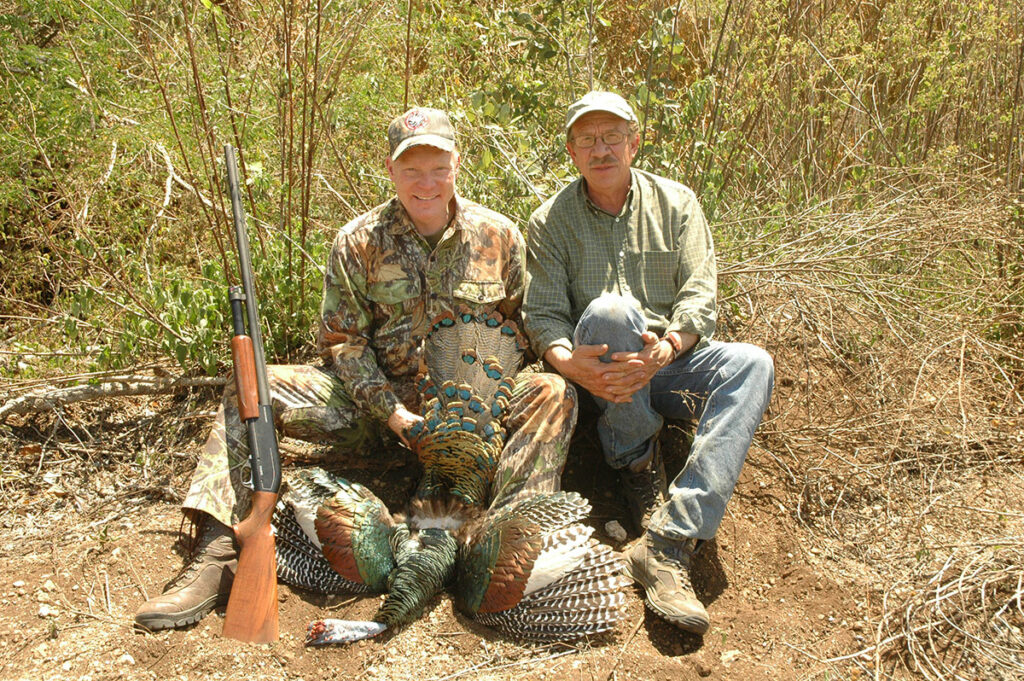
In February ’20, I did a short bird hunt in Tamaulipas, the first time I’ve been in that Mexican state in many years. This was also surprising. Hacienda Las Palmas sits on a knoll overlooking Lake Guerrero, famous for big black bass, with superb waterfowl shooting. One morning we took nine different species of ducks. In the afternoons they showed me more bobwhite quail than I knew still existed anywhere in the wild.
In the early 2000s Tamaulipas hosted some 30,000 visiting hunters and anglers annually. About a dozen years ago cartels made tourism untenable. This huge business dwindled to nothing and most lodges languished. The current governor, himself a hunter, is determined to get this business back and he’s doing it, with the slogan, “We’re Back!” Tamaulipas, alone among Mexico’s 31 states, had a major display at our recent SCI convention and you’ll see them back next year. Not only was the hunting great; I felt completely safe and both state and federal police were extremely visible on the highways and in the towns.
OTHER OPPORTUNITIES
Wow, there’s so much! With near-endless coastlines, Mexico is famous for both salt and fresh-water fishing. Predator calling is fantastic and there are several unique species unavailable elsewhere. Raccoon-like with a long tail, the coati mundi is widespread and huntable in many UMAs.
In Yucatan the ocellated turkey is the most-sought prize, but other large, tropical birds, including the great curassow and crested guan are on license. The Yucatan jungles also hold two large rodents, the agouti and the paca. This latter is probably the world’s second-largest rodent after the capybara (which does not extend into North America). The paca is very nocturnal and thus difficult to hunt. Considered a delicacy by all locals, the white meat is tender and mild.
Just when you think you’ve hunted almost everything of interest in Mexico, this amazing country will throw you a curve. It doesn’t really matter whether you’re a lumper or a splitter: There’s a lifetime of great hunting in Mexico. The good news: I love Mexican food, so I’m not done down there yet.–Craig Boddington


